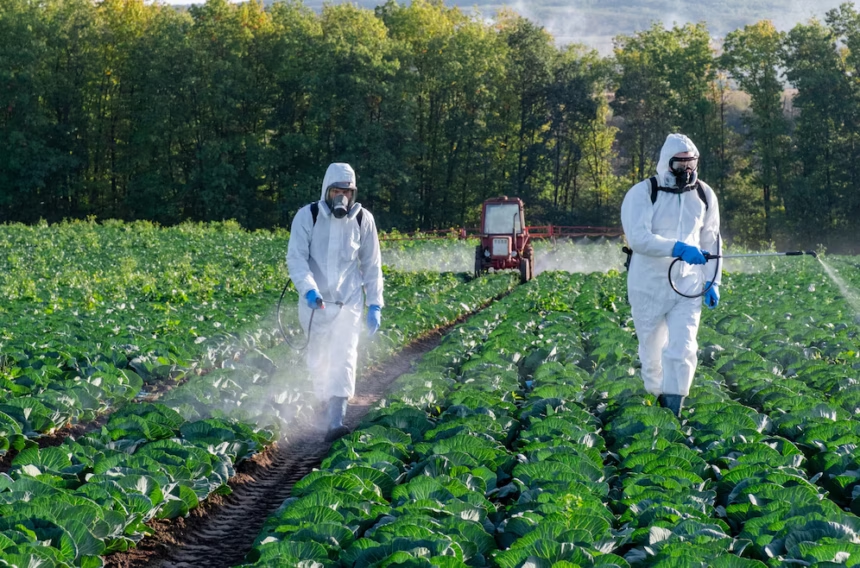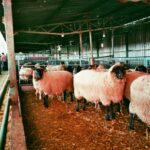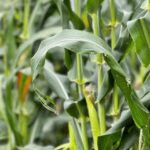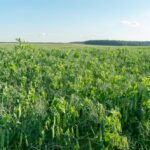In the face of rising concerns about chemical pesticide overuse, resistant pests, and environmental degradation, Integrated Pest Management (IPM) has emerged as a sustainable and effective solution for South African farmers. With agriculture being a cornerstone of South Africa’s economy, adopting smart pest control strategies is crucial to ensure food security, healthy ecosystems, and long-term farm profitability.
This article offers a comprehensive guide to Integrated Pest Management tailored specifically for South African farming conditions, crops, and climate zones.
What is Integrated Pest Management (IPM)?
Integrated Pest Management (IPM) is an ecosystem-based approach to crop protection that combines multiple strategies to control pests in an economically viable, environmentally sound, and socially responsible manner. Unlike traditional pest control methods that rely heavily on chemical pesticides, IPM focuses on prevention, monitoring, and targeted interventions.
The core goal of IPM is to manage pests—not eliminate them entirely—by keeping their populations below economically damaging levels using a combination of biological, cultural, mechanical, and chemical controls.
Why South African Farmers Should Adopt IPM
South Africa’s diverse agricultural sector, which includes everything from fruit orchards in Limpopo and the Western Cape to maize farms in the Free State and KwaZulu-Natal, faces a variety of pest threats. Key pests like the fall armyworm, codling moth, red spider mite, and fruit fly can cause devastating losses if not managed correctly.
Benefits of IPM for South African farms include:
- Reduced chemical costs and fewer pesticide residues in crops.
- Sustainable pest control with reduced risk of resistance build-up.
- Protection of beneficial insects such as bees and natural predators.
- Improved environmental and human health.
- Compliance with export market standards, which increasingly demand residue-free produce.
Key Components of IPM for South African Farms
1. Pest Monitoring and Identification
The foundation of any IPM programme is regular monitoring. Farmers must scout their fields frequently to identify which pests are present, their population levels, and whether intervention is necessary.
Use tools such as:
- Sticky traps and pheromone traps for insects like fruit flies and moths.
- Field scouting and visual inspection of leaves, stems, and fruits.
- Record-keeping to track pest trends and intervention outcomes.
Correct identification is critical. Misidentifying pests can lead to ineffective treatments and wasted resources.
2. Establishing Economic Thresholds
Not every pest sighting requires immediate action. IPM uses economic thresholds, which are pest population levels at which control measures should be taken to avoid economic damage. These thresholds vary depending on crop type, growth stage, and market standards.
For example:
- In citrus farming, low levels of citrus thrips may be tolerated early in the season, but higher levels during fruit development can cause scarring.
- In maize, action against fall armyworm may only be necessary if 20–30% of plants show signs of damage.
3. Cultural Controls
Cultural practices are essential for preventing pest outbreaks by making the farm environment less hospitable to pests.
Examples for South African farms include:
- Crop rotation to break pest and disease cycles, particularly in maize and vegetable farming.
- Timely planting to avoid peak pest periods, such as early planting to escape fall armyworm pressure.
- Field sanitation by removing crop residues and fallen fruit, which can harbor pests.
- Using pest-resistant crop varieties, especially in regions prone to specific pests.
4. Biological Control
Biological control involves using natural enemies—predators, parasites, and pathogens—to suppress pest populations.
Common biological controls used in South Africa:
- Trichogramma wasps for controlling stalk borers in maize.
- Beauveria bassiana and other entomopathogenic fungi to control soft-bodied insects like aphids.
- Predatory mites for managing spider mites in vineyards and orchards.
Farmers can also create environments that support natural enemies by planting cover crops and flowering borders to attract beneficial insects.
5. Mechanical and Physical Controls
These include physical methods of preventing or reducing pest populations without using chemicals.
Options suitable for South African small and medium-scale farms:
- Insect netting in tunnels or greenhouses to exclude pests like whiteflies and leafminers.
- Hand-picking or trapping pests in smaller vegetable plots.
- Solar traps or light traps to capture night-flying insects like moths.
6. Judicious Use of Pesticides
In IPM, chemical control is used only when necessary and in a way that minimizes risks. When pest levels exceed thresholds, and no other methods are effective, targeted pesticide applications can be used.
Best practices:
- Select pesticides that are specific to the pest and least harmful to beneficial organisms.
- Rotate chemical classes to avoid resistance build-up.
- Apply pesticides in the early morning or late afternoon to reduce harm to pollinators like bees.
- Use precision equipment to minimize drift and ensure effective coverage.
IPM in Action: Crop-Specific Examples
Citrus Farming in Limpopo and the Eastern Cape
- Common pests: Citrus thrips, fruit flies, red scale.
- IPM techniques: Use of yellow sticky traps, introduction of parasitoid wasps, regular pruning, and timed low-toxicity pesticide applications based on monitoring.
Maize Farms in KwaZulu-Natal and the Free State
- Common pests: Fall armyworm, stalk borers.
- IPM techniques: Early planting, Trichogramma wasps, pheromone monitoring, and conservation tillage.
Table Grapes and Vineyards in the Western Cape
- Common pests: Mealybugs, spider mites, grapevine moth.
- IPM techniques: Beneficial insect release, sulfur-based sprays, canopy management, and pheromone mating disruption.
Challenges and Solutions for IPM Adoption in South Africa
While IPM offers many advantages, its adoption can face challenges such as:
- Limited knowledge or training among small-scale farmers.
- Cost and availability of biological control agents.
- Lack of local research on economic thresholds for specific pests.
Solutions:
- Training programmes and farmer field schools.
- Government and NGO support for biological product distribution.
- Collaboration with research institutions like ARC and universities for localised IPM research.
Integrated Pest Management is more than a pest control strategy—it’s a holistic approach to sustainable farming that aligns with the needs of both commercial and smallholder farmers in South Africa. By combining traditional knowledge with modern science, IPM empowers farmers to protect their crops, conserve natural resources, and produce high-quality, market-ready food.
Whether you’re growing maize, citrus, vegetables, or grapes, adopting IPM can help ensure a healthier farm, a cleaner environment, and a more profitable harvest. As climate change and pesticide resistance continue to challenge conventional farming, IPM stands out as the path forward for resilient, responsible agriculture in South Africa.
Join 'Farmers Mag' WhatsApp Channel
Get the latest Farming news and tips delivered straight to your WhatsApp
CLICK HERE TO JOIN






